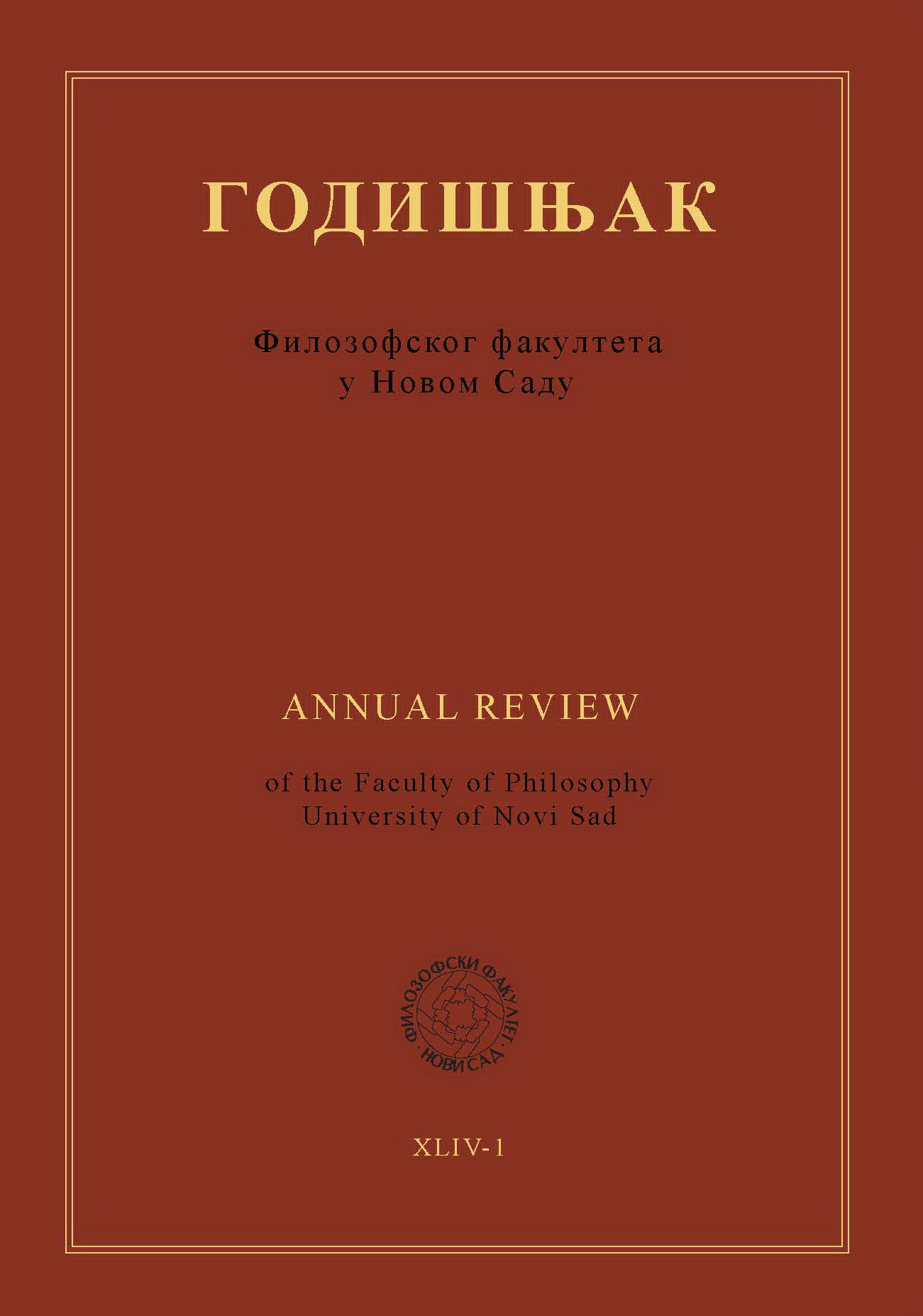ÍRÓI NÉVADÁS ÉS A NEVEK FORDÍTÁSA GION NÁNDOR „BANDAREGÉNYEIBEN”
LITERARY NAMING AND TRANSLATION OF NAMES IN NÁNDOR GION’S “BAND NOVELS”
Author(s): Hargita Horváth FutóSubject(s): Language studies, Language and Literature Studies, Studies of Literature, Hungarian Literature, Philology
Published by: Филозофски факултет, Универзитет у Новом Саду
Keywords: literary naming; band novels; onomatology; name typology; function of names; translation of proper names
Summary/Abstract: In the creative course of the literary works, naming becomes emphasized, the name system of certain writings or authors is often key to interpretation. This study examines the problems of literary naming and the translation of names in Nándor Gion’s four-volume novel that can be placed in the genre of “band novels” as well. The novels relate in chronological order, through four seasons of a child band's adventures: the holiday novel Kárókatonák még nem jöttek vissza (1977) (Cormorants Have Not Come Back Yet), the Sortűz egy fekete bivalyért (1982) (Volley for a Black Buffalo) continues the plot in autumn, Az angyali vigasság (1985) (The Angelic Feast) in winter, when the children evoke the habits of the Christmas holiday circle, and they get involved in the adults’ things by saying the angelic feast, and the Zongora a fehér kastélyból (2003) (Piano from the White Castle) closes the story in spring. Besides the identical sites, back and forth references, repetitive motives and passages, the four novels are combined together by the recurrent characters as well. The study classifies the name theme of the novels (personal names, animal names), examines the extra meanings they carry (e.g. they demonstrate variegated nationality of the country, indicate the change in the community’s nationality combination), their portrayal and stylistics role, the process of naming becoming thematized in the texts (e.g. the development of certain nicknames). We can assign Gion’s characters’ names to eight categories: with full name (with a surname and first name), with surname and nickname, with surname and with a drop cap, figures named with surnames, names completed with an occupation name, names completed with a constant attribute, names completed with constant attribute and an interpretative attribute, and telling names. One of the most frequently and for the longest time used literary devices is the telling name that is selected by the author for his hero in depicting the person’s physical or spiritual property by its meaning or word mood. The novel texts reflect the formation of certain names, the act of naming and name usage in diverse places. Apart from the identifying-nominating function and characterization of the characters, the telling names have a plot forming role as well. The study examines the translator procedures that helped the Serbian translator translate the names, in order to raise the same associations in the target language reader as in the original text reader.
Journal: Годишњак Филозофског факултета у Новом Саду
- Issue Year: 44/2019
- Issue No: 1
- Page Range: 317-328
- Page Count: 12
- Language: Hungarian

